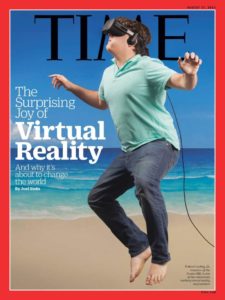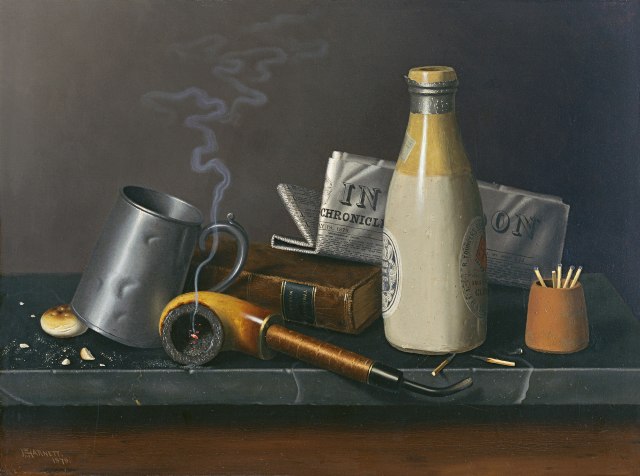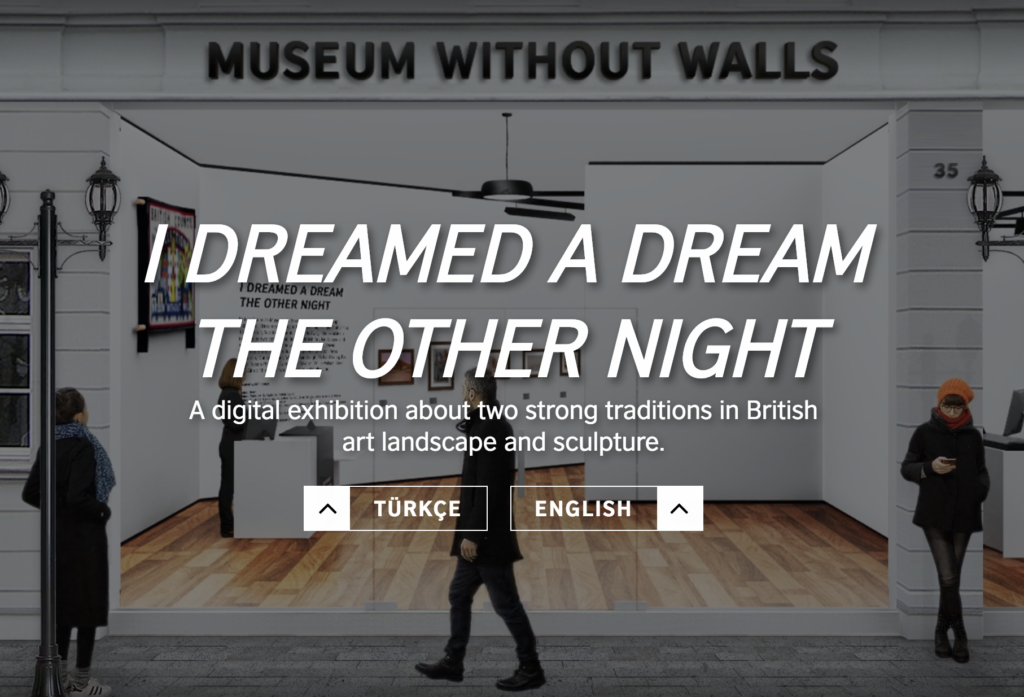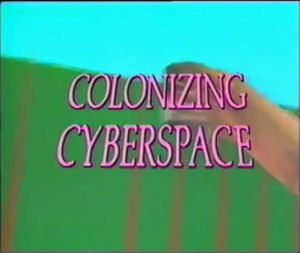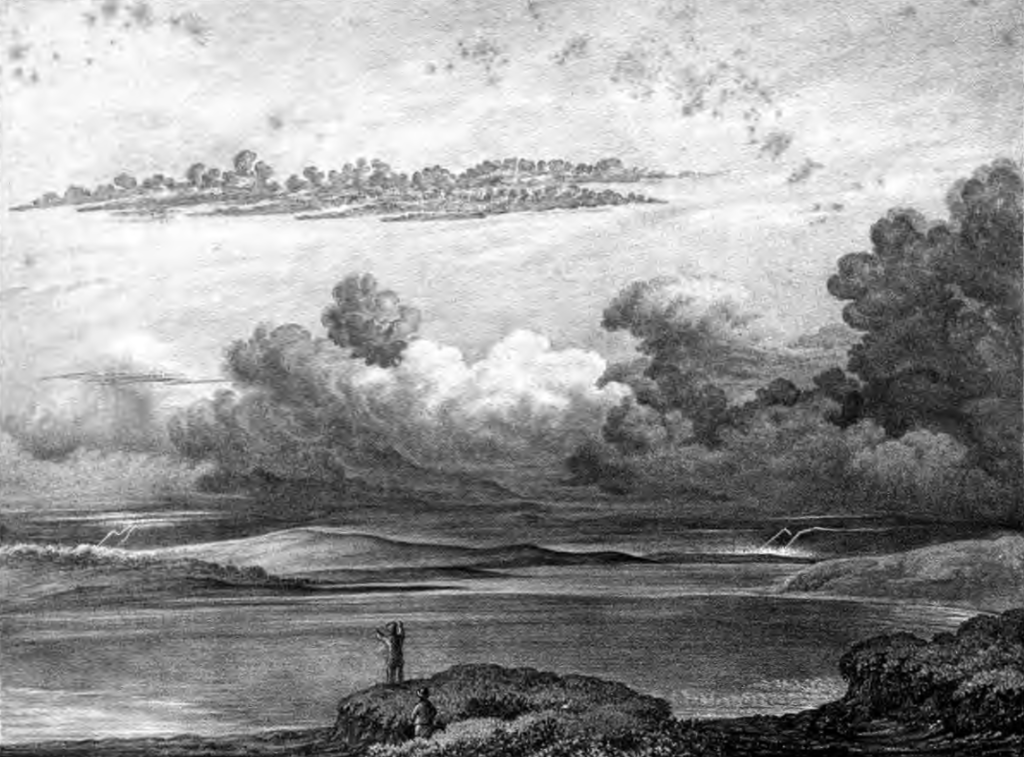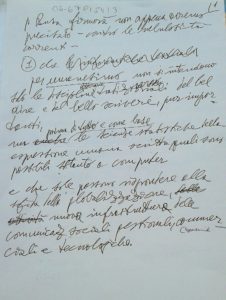
Domenico Fiormonte has recently blogged about an interesting document he has by Father Busa that relates to a difficult moment in the history of the digital humanities in Italy in 2002. The two page “Conditional Agreement”, which I translate below, was given to Domenico and explained the terms under which Busa would agree to sign a letter to the Minister (of Education and Research) Moratti in response to Moratti’s public statement about the uselessness of humanities informatics. A letter was being prepared to be signed by a large number of Italian (and foreign) academics explaining the value of what we now call the digital humanities. Busa had the connections to get the letter published and taken seriously for which reason Domenico visited him to get his help, which ended up being conditional on certain things being made clear, as laid out in the document. Domenico kept the two pages Busa wrote and recently blogged about them. As he points out in his blog, these two pages are a mini-manifesto of Father Busa’s later views of the place and importance of what he called textual informatics. Domenico also points out how political is the context of these notes and the letter eventually signed and published. Defining the digital humanities is often about positioning the field in the larger academic and public political spheres we operate in.
